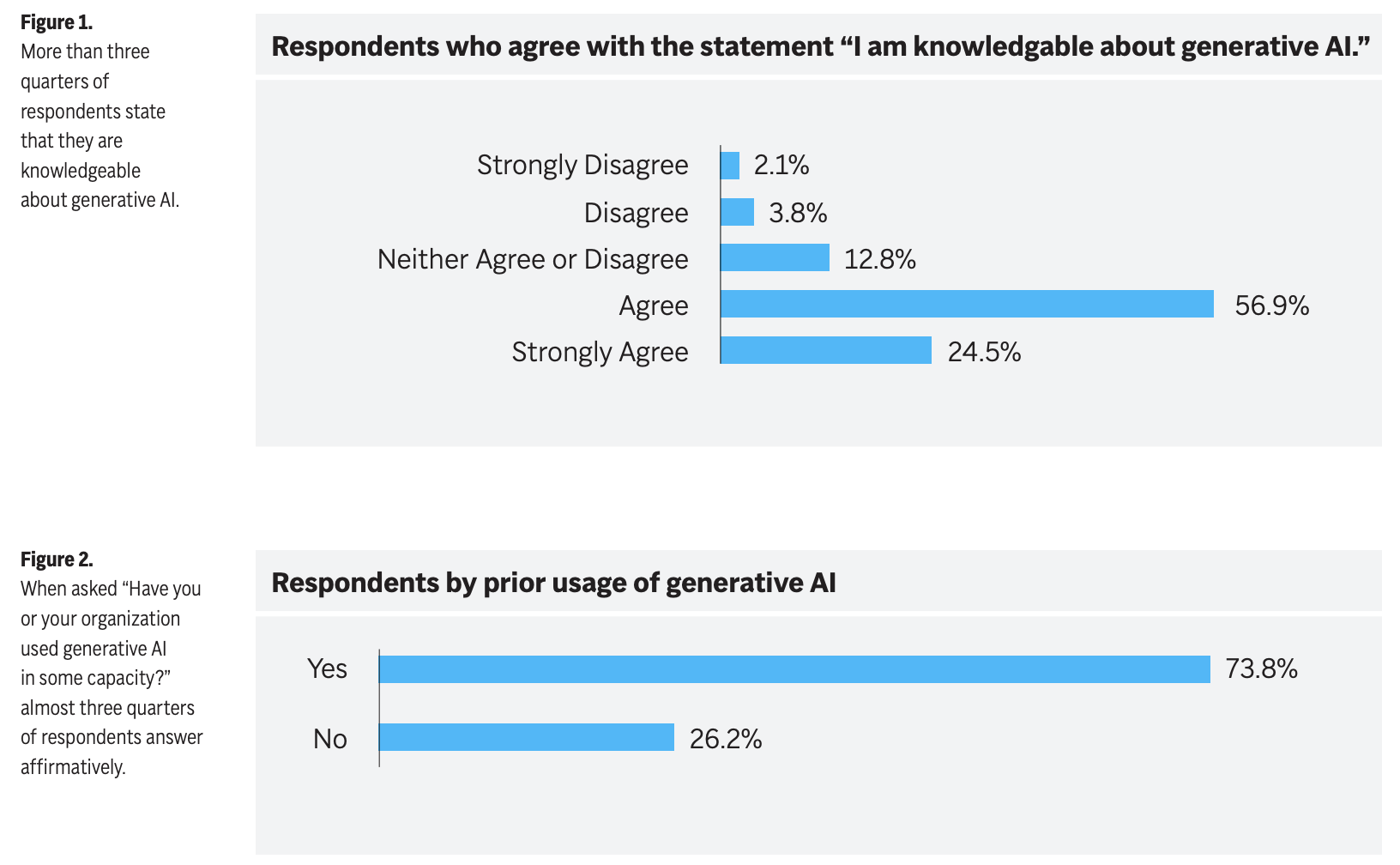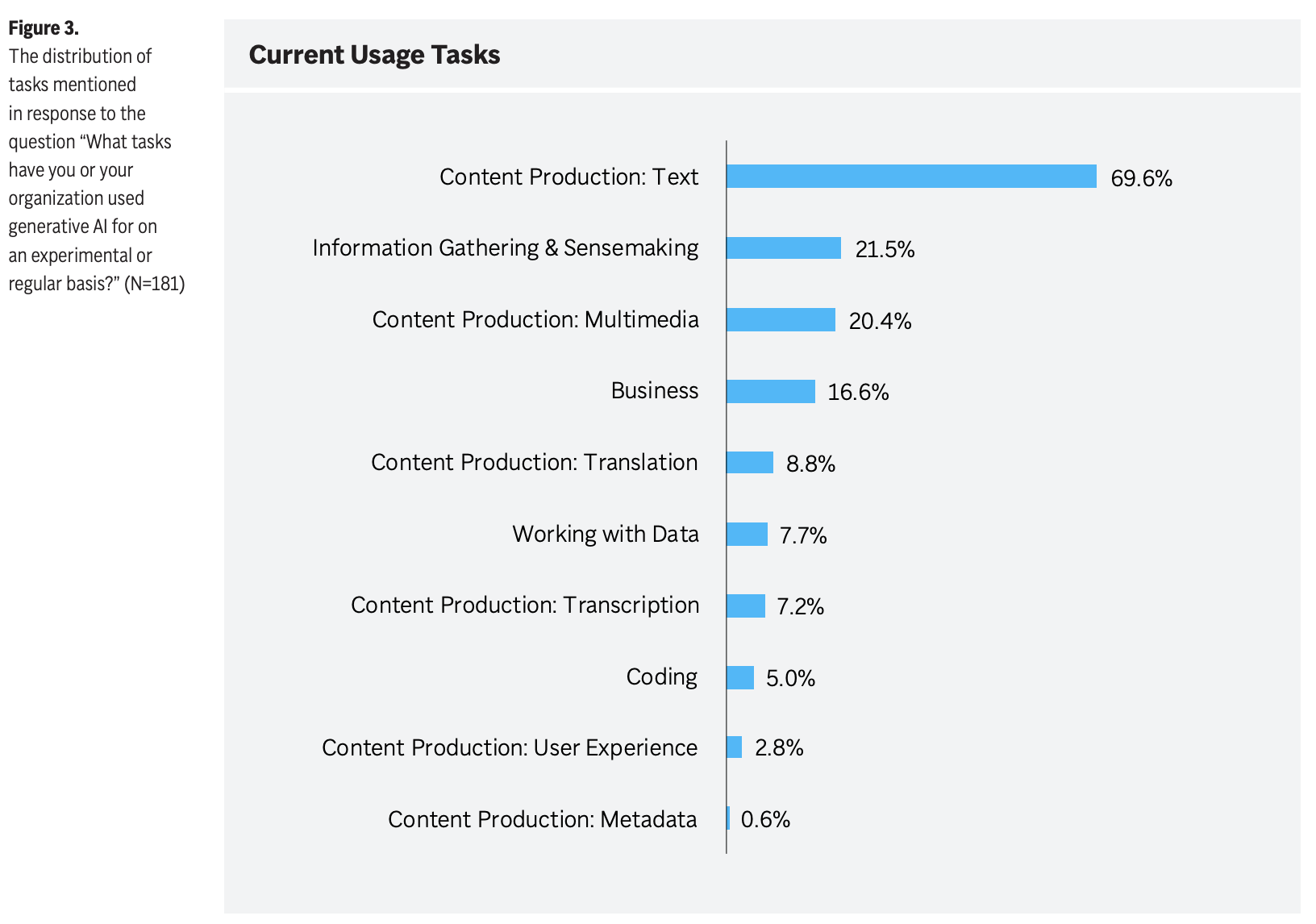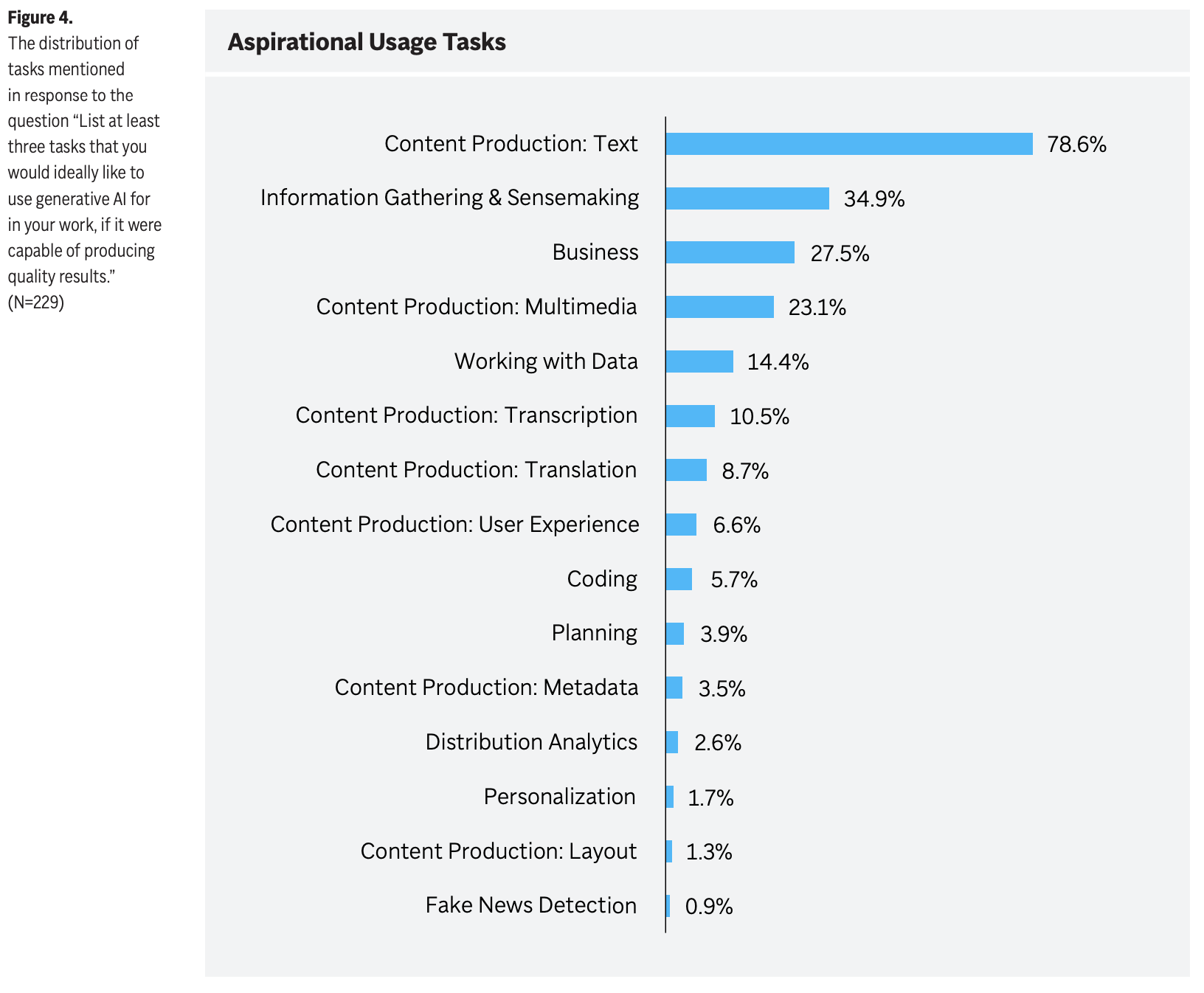My life’s a mess and that’s ok.
My mobility is so bad that I either have a cane or some wall to keep my balance. My social life is still going back to a version close to normal. There’s an article stalled on my To-Do list for a month. I’ve been living in a bureaucratic nightmare with the government. I’m still persistent in finding a way to restore my health but can’t be realistically optimistic. My love life is flourishing like the forests of the Sahara. My rent is higher year by year because of the housing market in Lisbon, and that scares me. I’m balancing a teaching job and running a company.
But I’ve got it together. I can function in society, I can deliver at work. I’ve been handling the workload spikes, I can get to places. I have a plan to improve my life and, if my dreams come true, someone else’s too. I’m scared and anxious, alert and willing to act.
You’re probably handling harder battles than mine, know someone in a tighter spot, or have been in worse shoes. To each, their cross to bear. But we’re here, we manage as best as we can.
Your house doesn’t have to be super clean and tidy. You just need to be clean enough to be healthy and dirty enough to be happy.
Paraphrasing Ann Russel, my TikTok sanity guru and cleaning expert.
Except on Social Media, right?
We log in to LinkedIn where someone just accomplished a new certification milestone, changed jobs and is happy to be taking on a “new challenge”. Others applaud the new article or insight they have just found, share a photo of the “amazing talk” at conference XYZ 2024 and maybe a selfie with one of the speakers. Don’t forget to tag them.
Where’s the authenticity that we preach to companies? And who took it?
It wasn’t the CEO who posted on TikTok how he never books meetings for Friday. He just didn’t mention all the hard work that had to be done to conquer the benefit of managing their time. It also wasn’t the most recent AI tool and its promise of sounding authentic.
We took it. The Comms Professionals across the board with our content strategies and tailored messages created a social dynamics where our clients need to play a role. Since life is messy that role needs to be cleaned up, made into an aspiration, a vision!
And there’s no going back. The storytelling was great and people engaged, the algorithms noticed and skewed the social feed to hook us in. And now generative AI sounds robotic and soulless because it was trained with this distilled and purified recount of real life.
What I read this week
Why we invented a new metric for measuring readership
The media landscape is undergoing significant changes, with traditional revenue, distribution, and growth models proving unreliable. This has particularly affected how news organizations measure their readership. The 19th, a nonprofit newsroom, has addressed this issue by creating a new metric called ’total journalism reach’. This metric measures the number of times their journalism is consumed by audiences across various platforms and formats. The metric includes website views, republished stories views, newsletter views, event attendees, video views, podcast listens, etc.
This is a compound metric and as such comes with a lot of caveats, not to mention that it relies on third parties to provide reliable information.
I for one applaud the effort and ask, why are we still stuck on old metrics? Some are foundational of course, but others are inflated and naturally unreliable. Such as the Facebook Reach and Engagement Rate which were insanely inflated in the way they were calculated.
From my side, I have been focusing on core metrics that allow for user privacy. Views, Visits, Visitors, Bounce rate, and Average visit time.
And while we are at it, why is the AVE still a thing?
Generative AI in Journalism: The Evolution of Newswork and Ethics in a Generative Information Ecosystem
The text discusses a survey regarding the use of generative AI in various tasks. The survey asked participants about their current and ideal use of AI, their interest in AI assistance, and their concerns about AI. The results were aggregated according to work activities, indicating a broad range of opinions and uses for AI.
It feels to me that journalists are on the cutting edge of AI use.
Given that one of the highlights is about automatic research and sensemaking, it makes sense to power our online newsrooms with a tailored AI for this goal.

Based on participants’ responses and our analysis, we find that generative AI is already changing work structure and organization, even as it triggers ethical concerns around use. Here are some of our key takeaways:
- Applications in News Production.
- Changing Work Structure and Organization.
- Work Redesign.
- Ethical Concerns and Responsibility.
- Strategies for Responsible Use.
- Ambivalence in Content Rights.


“Internet of Bugs” debunked Devin, the programming AI
I had mentioned this before and mentioned how skeptical I was.
Your AI tools for this week
https://gobble.bot/, You have a website, PDF or a Youtube video and want to make a GPT chatbot on ChatGPT. Simply use Gobble Bot to turn it all into one text file, ready to use for training.
https://glimelab.ai/, AI chatbot trained on your documentation, GitHub, StackOverflow, chat logs, etc., to answer customer questions. (Could also be used to power an online newsroom.)

